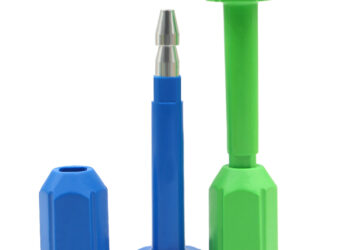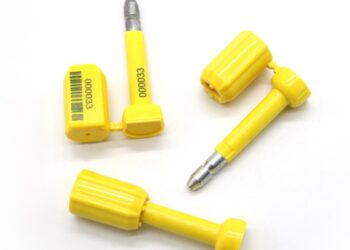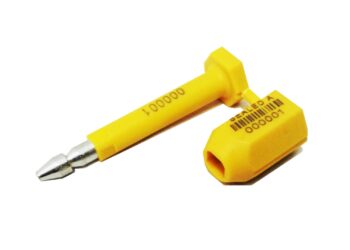In today’s globalized world, the efficient and secure transportation of goods is essential for the functioning of economies and the well-being of societies. Freight containers, also known as shipping containers, play a vital role in this process by providing a standardized means of transporting goods across vast distances via various modes of transportation, such as ships, trains, and trucks. One crucial aspect of ensuring the safety and integrity of these containers is the testing of their mechanical seals. In this article, we will explore the significance of mechanical seal testing for freight containers and its role in maintaining the safety of goods in transit.
The Importance of Mechanical Seals:
Mechanical seals are a fundamental component of freight containers, serving as a barrier that prevents unauthorized access, tampering, and theft of the goods within. These seals provide a secure enclosure, safeguarding against environmental factors and potential hazards during transportation. Mechanical seals are designed to withstand the rigors of transit, which can include exposure to extreme weather conditions, rough handling, and even attempts at tampering.
Given their critical role in ensuring the security and safety of cargo, it is imperative that these mechanical seals are of high quality and adhere to international standards. Ensuring the integrity of these seals through rigorous testing procedures is essential to prevent incidents such as theft, contamination, and damage to goods.
Testing Procedures
Mechanical seal testing involves subjecting the seals to a series of assessments to evaluate their effectiveness and durability. These tests are designed to simulate real-world conditions that the containers might encounter during transportation. Some of the key testing procedures include:
- Tensile Strength Testing: This test measures the seal’s resistance to pulling forces. It evaluates whether the seal can withstand attempts at unauthorized removal.
- Environmental Exposure Testing: Containers and their seals can be exposed to a wide range of environmental conditions, including temperature fluctuations, humidity, and saltwater exposure during maritime shipping. Testing assesses how well the seals hold up under these conditions.
- Tamper-Evidence Testing: Mechanical seals often come equipped with features that indicate tampering, such as changes in color or visible damage. These features are tested to ensure they function as intended.
- Impact and Vibration Testing: Containers may be subjected to impacts and vibrations during handling and transportation. These tests evaluate how well the seals maintain their integrity under such stresses.
- Chemical Resistance Testing: Some cargo may emit corrosive gases or liquids that could potentially affect the seals. Chemical resistance testing ensures that the seals remain effective when exposed to such substances.
- Endurance Testing: Containers can undergo multiple loading and unloading cycles throughout their lifespan. Endurance testing assesses how well the seals hold up over time and repeated use.
Benefits of Mechanical Seal Testing
- Security: Effective mechanical seals deter theft, tampering, and unauthorized access, enhancing the security of goods in transit. This is especially crucial for high-value or sensitive cargo.
- Cargo Integrity: Properly tested seals help maintain the integrity of goods by protecting them from external factors such as moisture, dust, and contaminants.
- Regulatory Compliance: Many industries, including pharmaceuticals and hazardous materials, have specific regulations governing the transportation of goods. Mechanical seal testing helps ensure compliance with these regulations.
- Cost Savings: Preventing incidents such as theft, tampering, and contamination through effective seals can lead to significant cost savings by avoiding losses and damage to cargo.
Conclusion:
Freight container mechanical seal testing is a critical aspect of ensuring the safety, security, and integrity of goods during transportation. By subjecting seals to rigorous testing procedures that replicate real-world conditions, we can identify weaknesses and vulnerabilities before they pose a threat to cargo. As the global supply chain continues to expand, the role of mechanical seal testing becomes even more vital in safeguarding the flow of goods and maintaining the trust of businesses and consumers alike. To put safety first, robust and standardized mechanical seal testing procedures must remain an integral part of the freight container industry.










